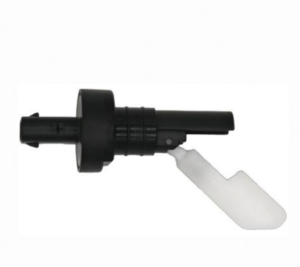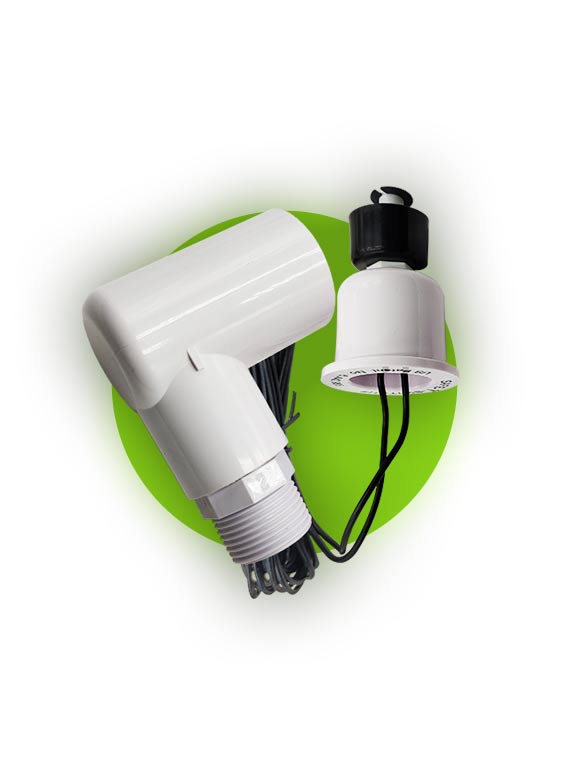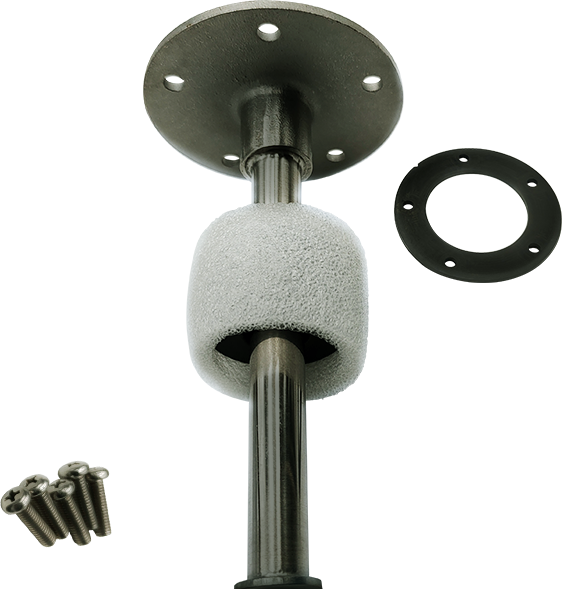In the context of new energy vehicles, liquid level sensors play a crucial role in monitoring and maintaining various fluid levels within the vehicle’s systems. These sensors offer several advantages that enhance the performance, safety, and overall efficiency of the vehicles. Here’s an overview of the key advantages of liquid level sensors in new energy vehicles:
Liquid level sensors for new energy vehicles are characterized by their high accuracy in measuring fluid levels. This precision is essential for ensuring that critical systems such as cooling and lubrication are operating within optimal ranges. Accurate measurements prevent overfilling or underfilling, which can lead to damage to components or reduced system performance.
Moreover, these sensors are designed to be reliable and durable, withstanding the rigors of automotive operation. They are capable of functioning in a wide range of temperatures and environments, ensuring consistent performance under varying conditions. This reliability is crucial for maintaining the vehicle’s overall functionality and minimizing downtime due to sensor failure.
Another advantage of liquid level sensors in new energy vehicles is their ability to provide real-time monitoring. This feature allows drivers and technicians to keep track of fluid levels in real-time, enabling prompt action if levels drop below safe thresholds. Real-time monitoring also facilitates predictive maintenance, allowing for proactive service scheduling before potential issues arise.
Furthermore, the integration of liquid level sensors with vehicle management systems allows for seamless communication and data sharing. This integration enables advanced diagnostics and fault detection, providing valuable insights into the vehicle’s overall health and performance. It also facilitates remote monitoring and control, enabling technicians to access sensor data remotely and perform necessary adjustments or repairs.
Lastly, the use of liquid level sensors in new energy vehicles contributes to the overall sustainability and environmental friendliness of the vehicles. By ensuring that fluids are used efficiently and waste is minimized, these sensors play a role in reducing the environmental impact of automotive operations.
In summary, the advantages of liquid level sensors in new energy vehicles include high accuracy, reliability, real-time monitoring, advanced technologies, integration with vehicle management systems, and contributions to sustainability. These features collectively enhance the performance, safety, and overall efficiency of the vehicles, making them more appealing to consumers and improving their overall value proposition.

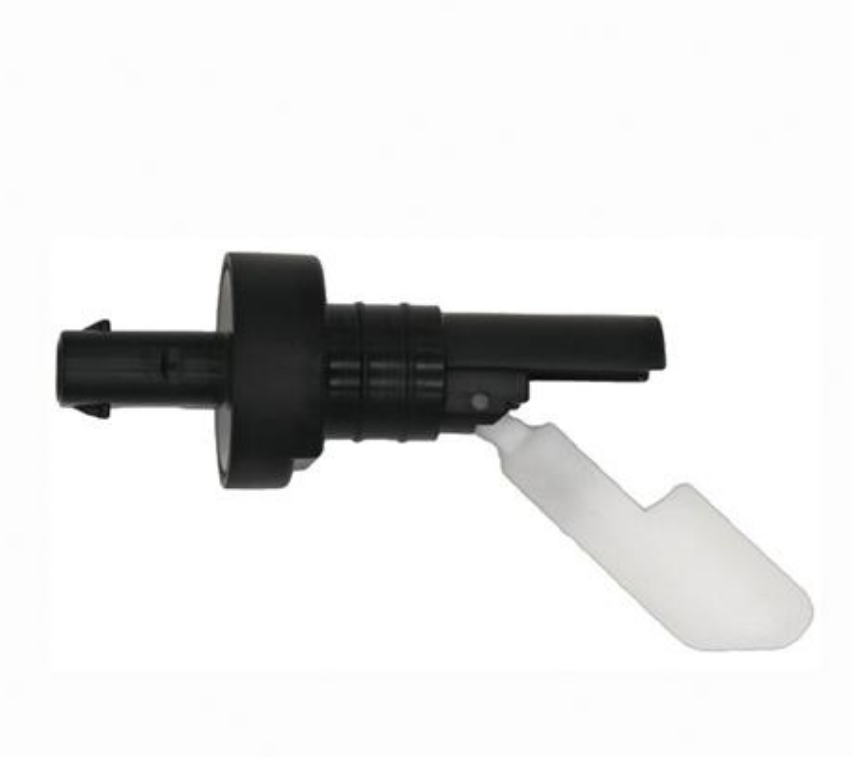
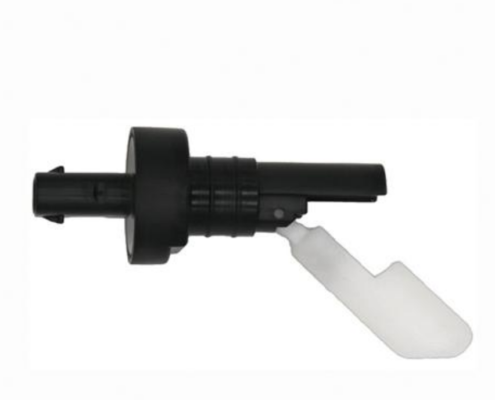
 Download PDF
Download PDF
